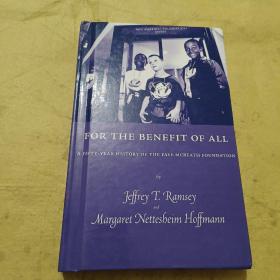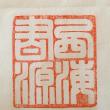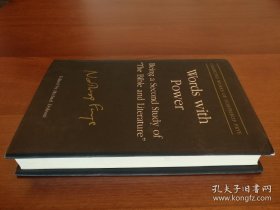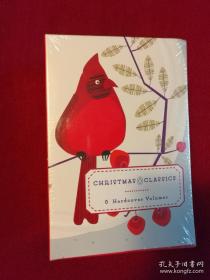
Art for All: The Colour Woodcut in Vienna around 1900
¥ 780 八五品
仅1件
作者Tobias G. Natter、 Max Hollein
出版社Taschen GmbH; Multilingual
ISBN9783836539210
出版时间1985
印刷时间2016
装帧精装
尺寸38.1 × 25.4 cm
页数416页
货号e2
上书时间2018-08-24
- 在售商品 暂无
- 平均发货时间 13小时
- 好评率 暂无
- 最新上架
商品详情
- 品相描述:八五品
- 书衣外表有磨损,封底内存有一个破损口子并用透明胶布和白纸粘补,书页内干净(详见书影)。
- 商品描述
-
At the turn of the 20th century, amid the domed grandeur of Vienna, a group of Secession artists reclaimed the humble woodblock. The gesture, though short lived, and long overlooked by established art histories, may be seen as a decisive social, as well as aesthetic, moment. Elevating a primarily illustrative, mass-production medium to the status of fine art, the woodblock revival set a formal precedent for Expressionism while democratizing an art for all. Coinciding with the traveling exhibition through the Schirn Kunsthalle, Frankfurt and Albertina, Vienna, this TASCHEN edition brings together leading examples of the Viennese woodblock renaissance to give a long overdue exploration of its achievements and influence. Through prints, publications, calendars and pages from Ver Sacrum, the official magazine of the Vienna Secession, it gathers works remarkable for their graphic and chromatic intensity, and vital with the traces of japonisme as much as the stylistic seeds of Die Brucke, Der Blaue Reiter and later Expressionist movements.Through figure studies, landscapes, patterns, and typographical treasures, the featured works are accompanied by detailed captions, as well as essays exploring their aesthetic and ideological implications, and biographies for the more than 40 artists. Examining their stark contours, stylization of the surface per se, and tendency towards contained colour areas we evaluate the Viennese woodblocks as essential harbingers, and benchmarks, of the 20th century modernism to come. At the same time, we assess how the dissemination of the woodblocksubstantiated the Seccessionist claim for a democratized, all encompassing art, while adding to their reappraisal of originality, and authenticity, and convention.
Tobias G. Natter is an internationally acknowledged expert on art in "Vienna around 1900." For many years he worked at the Austrian Belvedere Gallery in Vienna, most recently as head curator. Parallel to that he was a guest curator, for example, at the Tate Liverpool, the Neue Galerie New York, the Hamburger Kunsthalle, the Schirn in Frankfurt am Main and repeatedly for the Jewish Museum in Vienna. From 2006 to 2011 he directed the Vorarlberg Museum in Bregenz, and from 2011 to 2013 was director of the Leopold Museum in Vienna. In 2014 he founded the Natter Fine Arts, which specializes in assessing works of art and developing exhibition concepts. In the context of his wide ranging publishing activities he edited the current complete catalogue of Klimt paintings published in 2012.
相关推荐
-

ART for ALL?
八五品阜阳
¥ 200.00
-

ART For All Seasons98254
八五品北京
¥ 44.00
-

FOR THE BENEFIT OF ALL
九品北京
¥ 12.00
-

For All the Wrong Reasons
九五品上海
¥ 138.00
-

Better for All the World
九品兰州
¥ 400.00
-

Art for the people
九品北京
¥ 40.00
-

Art for the people
八品惠州
¥ 112.00
-

THE ART OF TITANF ALL 2
九品北京
¥ 260.00
-

All The Best Contests For Kids
九品衡水
¥ 138.00
-

ALL FOR THE LOVE OF DADDY
八五品北京
¥ 18.00
— 没有更多了 —






















以下为对购买帮助不大的评价